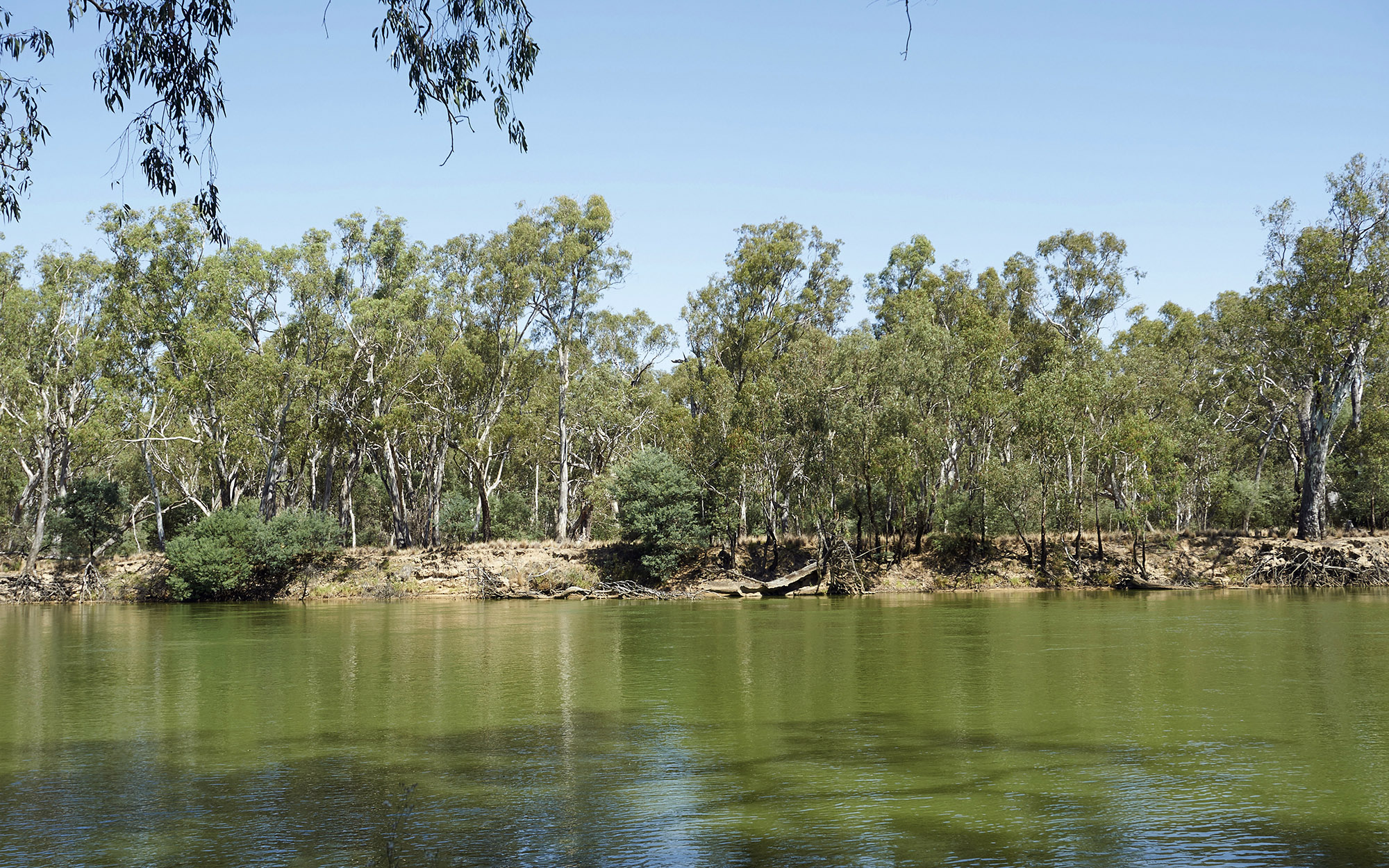This page provides background information about the limits. For more information about compliance outcomes visit tracking surface water and groundwater.
What are the limits and why are they important?
In New South Wales all water sharing plans include long-term average annual extraction limits (LTAAELs). Any NSW water sharing plan for a water source within the Murray Darling Basin will also include a sustainable diversion limit (SDL), as set by the Basin Plan 2012. This page includes information on how the two limits work, how they differ and why we have two separate limits.
The extraction limits are used to enable the long-term objectives of NSW water sharing plans and the Basin Plan 2012 to be met. These limits are designed to protect water resources, dependent ecosystems and communities from the impacts of over-extraction in the longer term. They reinforce the value of water, support the water market and the integrity of tradeable water entitlements.
The NSW water sharing plans either specify the extraction limits or how the limits are calculated. The water sharing plans also specify how we assess if the extraction limits have been exceeded and any compliance action that is required. For example, the Minister may need to reduce access for a particular category of access licence in the years following an identified breach of a limit to return extractions to that limit. These steps are shown in Figure 1.

The extraction limits are designed to manage extractions at a whole of water source scale. In addition to these, a water sharing plan will also include other rules which apply to individual licence water allocation accounts. These rules typically deal with how water allocations can be credited and debited from individual accounts and will differ between water sharing plans.
What compliance checks have been completed?
The department prepares and submits a self- assessment of compliance with the Sustainable Diversion Limit. MDBA reviews and publishes this data and the Inspector-General Water Compliance makes the final compliance assessment when Water Resource Plans (WRPs) are in place. More information can be found at sustainable diversion limit outcomes.
The water sharing plans specify how compliance with the LTAAEL is to be assessed.
- Compliance with groundwater LTAAELs is tracked via a dashboard
- Compliance with surface water LTAAELs compliance is reported annually.
Fact sheet
Learn more about the extraction limits work and differences.
Download the fact sheet (PDF. 652KB)We sought your comment on how we reduce groundwater access if extraction limits are exceeded in inland groundwater sources.
Find out more about how extractions are tracking against extraction limits in inland groundwater sources.
Find out more about how extractions are tracking against extraction limits for inland surface water sources.
Summary of surface water Sustainable Diversion Limits compliance outcomes.
